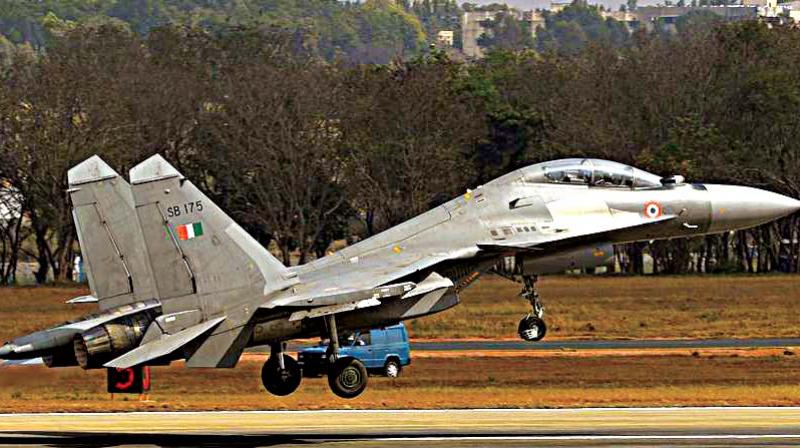How Bengaluru became Aero hub

BENGALURU: Call it situational irony, but it was Hindustan Aeronautics Ltd (HAL)’s reluctance to approve an air show at its airport which led to Air Force Station, Yelahanka, turning into the venue for Aero India for more than two decades. It was former prime minister Rajiv Gandhi’s dream to host an international aviation exhibition on Indian soil, but driven by the leader’s Doon School buddy and Managing Director, CONVEX, Mr Anand Sethi, which resulted in a private event, Avia India, in 1993.
When the organizers turned to then IAF Chief Air Chief Marshal Nirmal Chandra Suri for an alternative venue as the top brass of HAL backed out from hosting the event, they were offered three venues: Air Force Station, Tambaram, the Air Force Academy (AFA) at Dundigal, and Air Force Station, Yelahanka.
And Yelahanka proved to be the best choice because of free airspace around the Air Force Station, a sprawling campus to host the event and adequate room to extend the runway for participation of advanced jets from across the world, and the presence of aerospace industries and DRDO laboratories which volunteered to co-sponsor the first event. Sources said Air Marshal Denzil Keelor (Retd), then air adviser to DGCA, stepped in and convinced all foreign aircraft to land in Yelahanka during the three-day show (December 15-18) for re-fuelling while heading home after the Malaysian Air Show.
The first air show in the country, Avia India ’93, had another first: the first Indian in space, Wing Commander Rakesh Sharma (Retd), was the commentator! Wing Commander B.J. Vaz (Retd) joined him in the commentator’s box to describe the manoeuvres of jets like Mirage 2000, Sea Harriers, the Hawk trainer aircraft and Kamov helicopter. In 1996, the Ministry of Defence stepped in to organise the first Aero India, and turned it into a biennial event.

